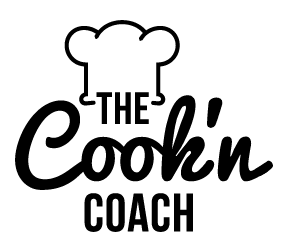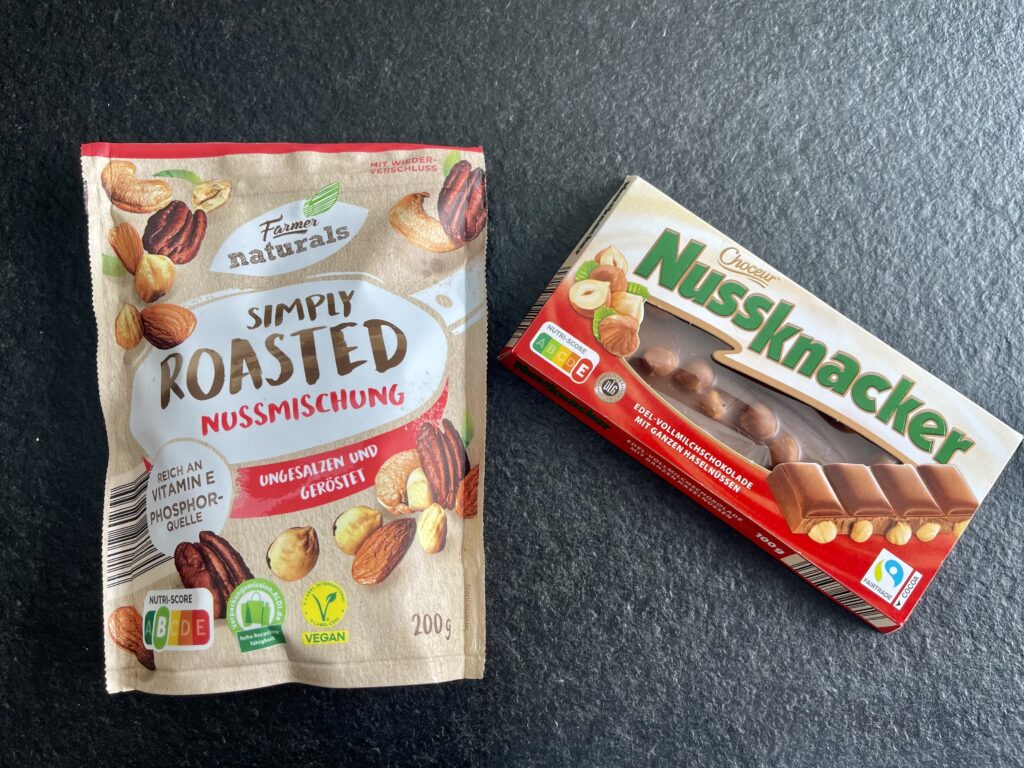Since living in Germany, I’ve been privileged to buy most of my food at the fresh market in town or from our farmers’ store, the Raiffeisen. Raiffeisen sells everything you need to run a farm and everything you can produce on a farm: small farm supplies, fresh meat, plants, eggs, dairy products, and more. Local farmers bring in consumable products to sell.
However, I shop at Aldi and Edeka for a few things. These typical stores in Germany and several other countries (Belgium, France, Spain, Switzerland, Germany, and the Netherlands) use a coding system to rate the health of their foods. It is on every item, from canned goods to frozen foods (fresh foods are exempt). The ratings go from A, the best, to E, the most unhealthy. I have no idea why E products are for sale.
Anyway, I started comparing the codes and was surprised to see some strange differences in coding—especially the bio products. It’s all based on a very intricate rating scale using the UK nutritional standards and the work of Serge Hercberg. It was then developed by the French Standard Agency in 2017. You’d be surprised how this is done. With the new research on food and health, I’m sure some problems will arise, and this scoring will be revised. To see how they rate their foods using ABCDE, click here! It’s as simple as ACB, maybe.
Here is another resource to help you understand the ABCs of ABCDE!




 I'm Melinda Stevens and living the life of a beach bum was inevitable since my father was a lifeguard for the city of Los Angeles. My memories of growing up on John Street in Manhattan Beach, California were filled with joy, excitement and adventures; until my world, as I knew it, fell apart when we moved to Del Mar, California. My father was offered the position as Captain of the lifeguards and we started the slow migration to the small deserted stretch of beach in 1963. At twelve years old, this seemed like the end of my life. Remember, I’m writing with clear hindsight now, ok somewhat clearer… Little did I know this would be the beginning of a new journey and give a bit more clarity to many of the events that led me to this new cooking adventure.
I'm Melinda Stevens and living the life of a beach bum was inevitable since my father was a lifeguard for the city of Los Angeles. My memories of growing up on John Street in Manhattan Beach, California were filled with joy, excitement and adventures; until my world, as I knew it, fell apart when we moved to Del Mar, California. My father was offered the position as Captain of the lifeguards and we started the slow migration to the small deserted stretch of beach in 1963. At twelve years old, this seemed like the end of my life. Remember, I’m writing with clear hindsight now, ok somewhat clearer… Little did I know this would be the beginning of a new journey and give a bit more clarity to many of the events that led me to this new cooking adventure.